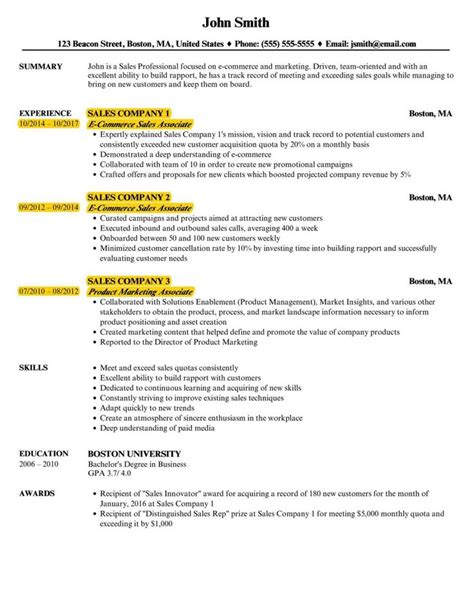Exploring The Chronological Resume Format

In today’s job market, having a well-crafted resume is essential to landing your dream job. One of the most popular resume formats is the chronological resume format. In this article, we’ll explore what the chronological resume format is, how it works, and how you can create a winning chronological resume that will get you noticed by employers.
What is a Chronological Resume Format?
The chronological resume format is a reverse-chronological listing of your work experience, starting with your most recent job and working backwards. It’s the most common resume format used by job seekers and is preferred by employers because it’s easy to read and understand.
How does the Chronological Resume Format work?
The chronological resume format works by highlighting your work experience in reverse-chronological order, starting with your most recent job. This allows employers to see your most recent experience first, which is often the most relevant when considering you for a job.
Creating a Chronological Resume
1. Start with a clear and concise summary
Begin your chronological resume with a brief summary that highlights your skills, experience, and qualifications. This will give employers an immediate snapshot of your strengths and what you can bring to the table.
2. List your work experience in reverse-chronological order
List your work experience in reverse-chronological order, starting with your most recent job. Be sure to include the job title, company name, dates of employment, and a brief description of your responsibilities and accomplishments.
3. Highlight your achievements
When describing your work experience, focus on your achievements and accomplishments rather than just your job responsibilities. Use numbers and metrics to quantify your successes and show employers how you’ve added value in your previous roles.
4. Showcase your education and certifications
List your education and any relevant certifications you’ve earned, including the institution name, degree or certification earned, and dates of attendance or completion.
5. Include relevant skills and keywords
Include a skills section that highlights your relevant skills and keywords that match the job description. This will help your resume get past applicant tracking systems (ATS) that many employers use to screen resumes.
6. Use a professional format and layout
Use a clean and professional format and layout for your chronological resume. Use bullet points and clear headings to make your resume easy to read and navigate.
7. Proofread and edit your resume
Before submitting your resume, make sure to proofread and edit it carefully for spelling and grammar errors. You may also want to have someone else review your resume for feedback and suggestions.
FAQs about Chronological Resumes
Q: What is the difference between a chronological resume and a functional resume?
A: A chronological resume lists your work experience in reverse-chronological order, while a functional resume focuses on your skills and accomplishments. Chronological resumes are preferred by employers because they’re easy to read and understand.
Q: How far back should my work experience go on a chronological resume?
A: Generally, your chronological resume should only go back 10-15 years, unless you have relevant experience beyond that timeframe.
Q: Is it okay to have employment gaps on a chronological resume?
A: It’s okay to have employment gaps on your chronological resume, but be prepared to explain them in an interview if asked. You can also address any gaps in your cover letter.
Now that you know more about the chronological resume format, you can create a winning resume that highlights your skills and experience in the best possible way.
